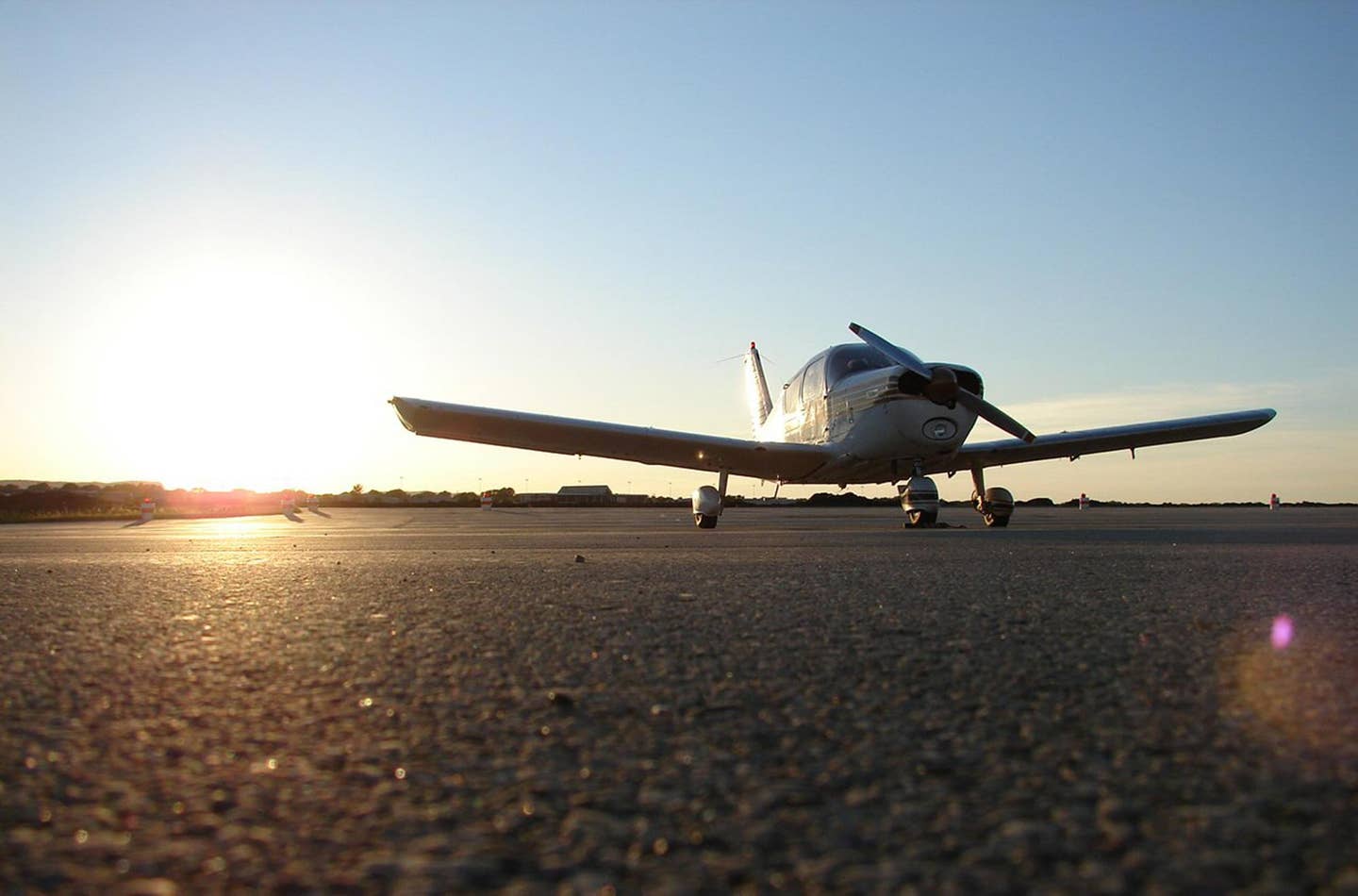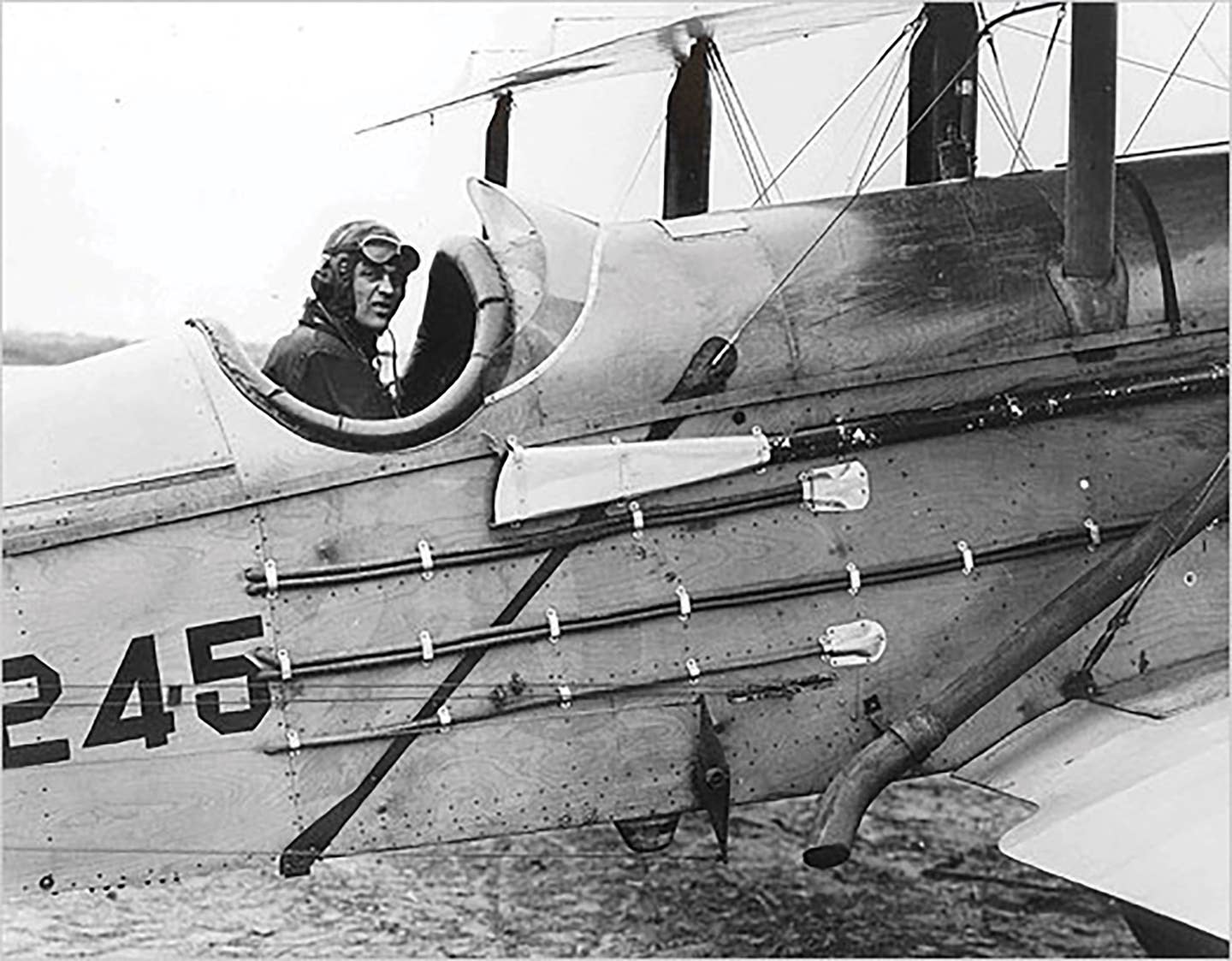Moving Map Navigation
The idea of an electronic moving map that knows our precise position in the air and can keep track of and display an ever-changing picture of the world below is…

The idea of an electronic moving map that knows our precise position in the air and can keep track of and display an ever-changing picture of the world below is a fantasy that every pilot who ever struggled with folding paper charts entertained often. And when a few enabling technologies---GPS, low-cost displays and high-powered small processors---came along, the moving map was born. The moving map revolution, which is sometimes erroneously dismissed as an accessory to aviation, has been foundational to the advancement of situational awareness and the elimination of one of the deadliest types of crashes, controlled flight into terrain (CFIT), where an aircraft is flown by its crew into the ground by mistake. CFIT crashes are almost always catastrophic. With moving map, you get automatic situational awareness in four dimensions (time being the fourth), graphical and dynamic mapping of weather systems, airway and airport data, and so much more. Those who grew up with moving map applications are sometimes derided as "children of the magenta," a phrase that refers to the magenta-colored course line on moving maps. I'd argue that proponents of moving maps' benefits are merely taking advantage of far superior technologies to keep themselves and their passengers safe from situational awareness errors that were commonplace before moving maps came along.

Subscribe to Our Newsletter
Get the latest Plane & Pilot Magazine stories delivered directly to your inbox






